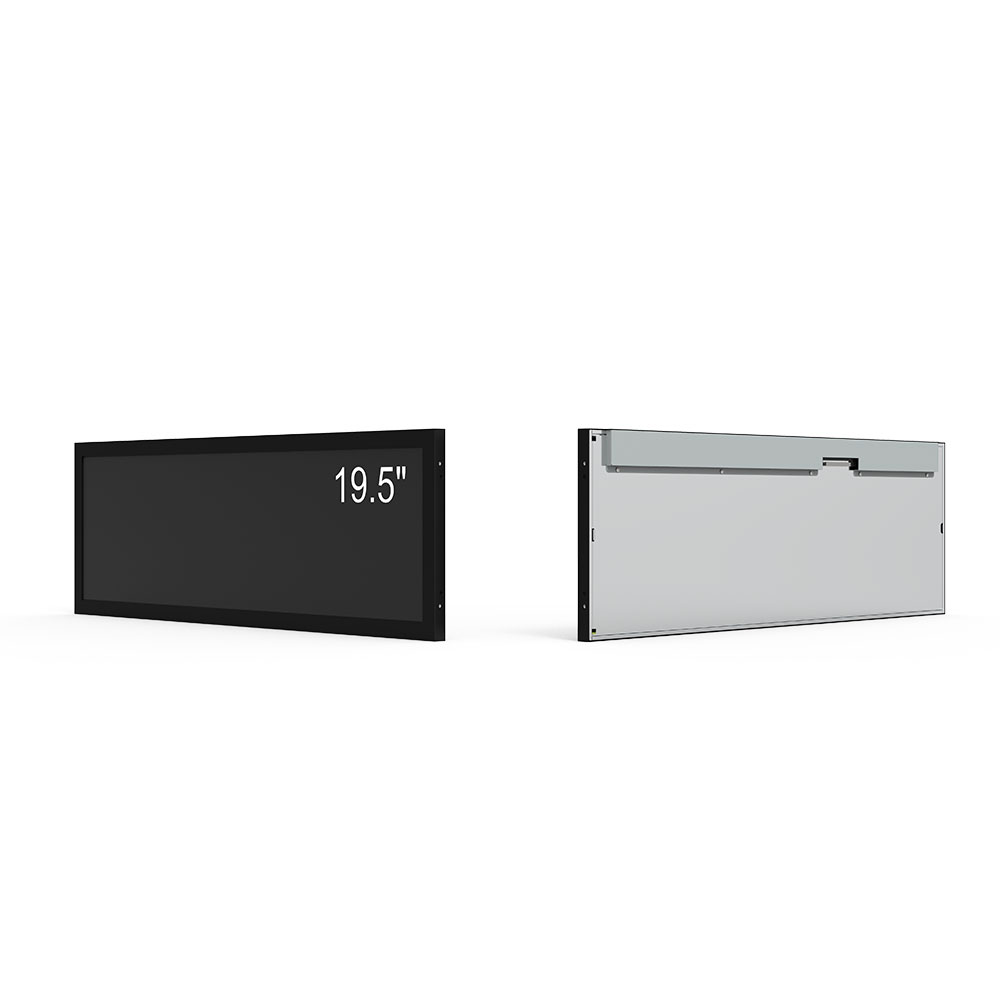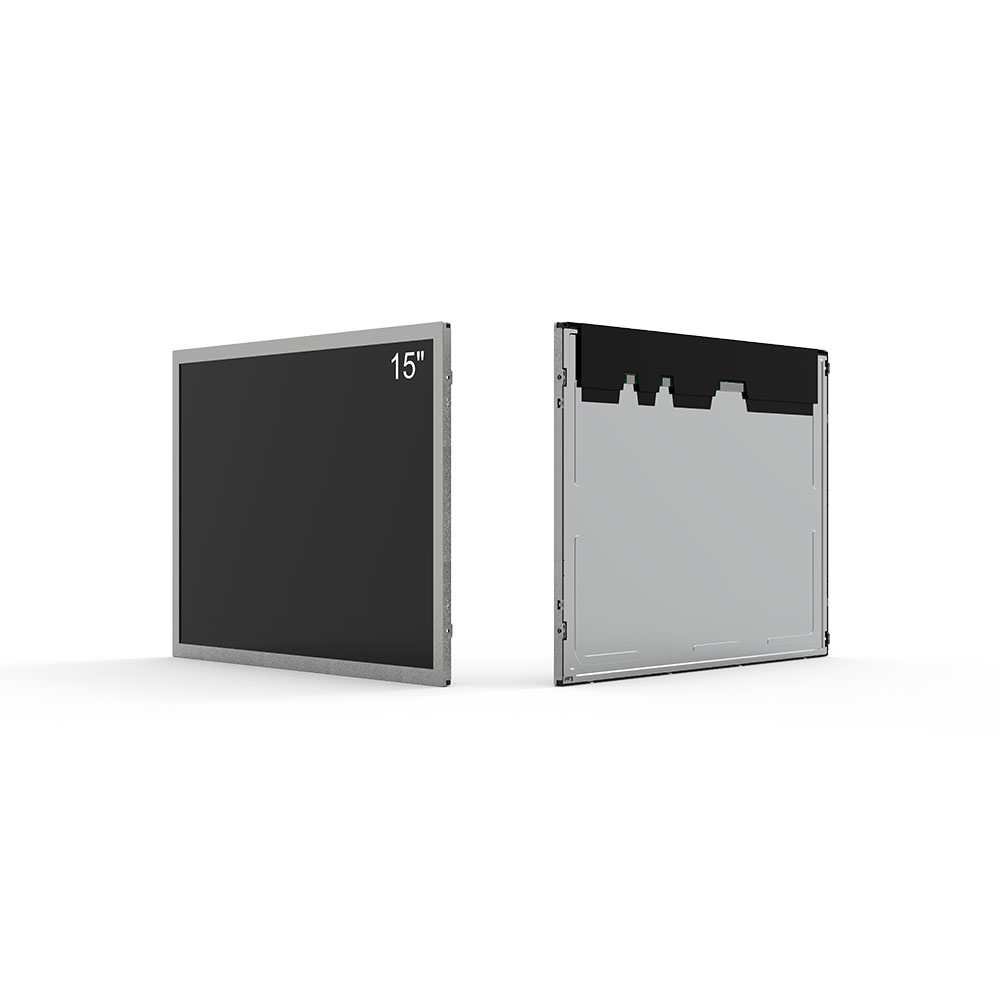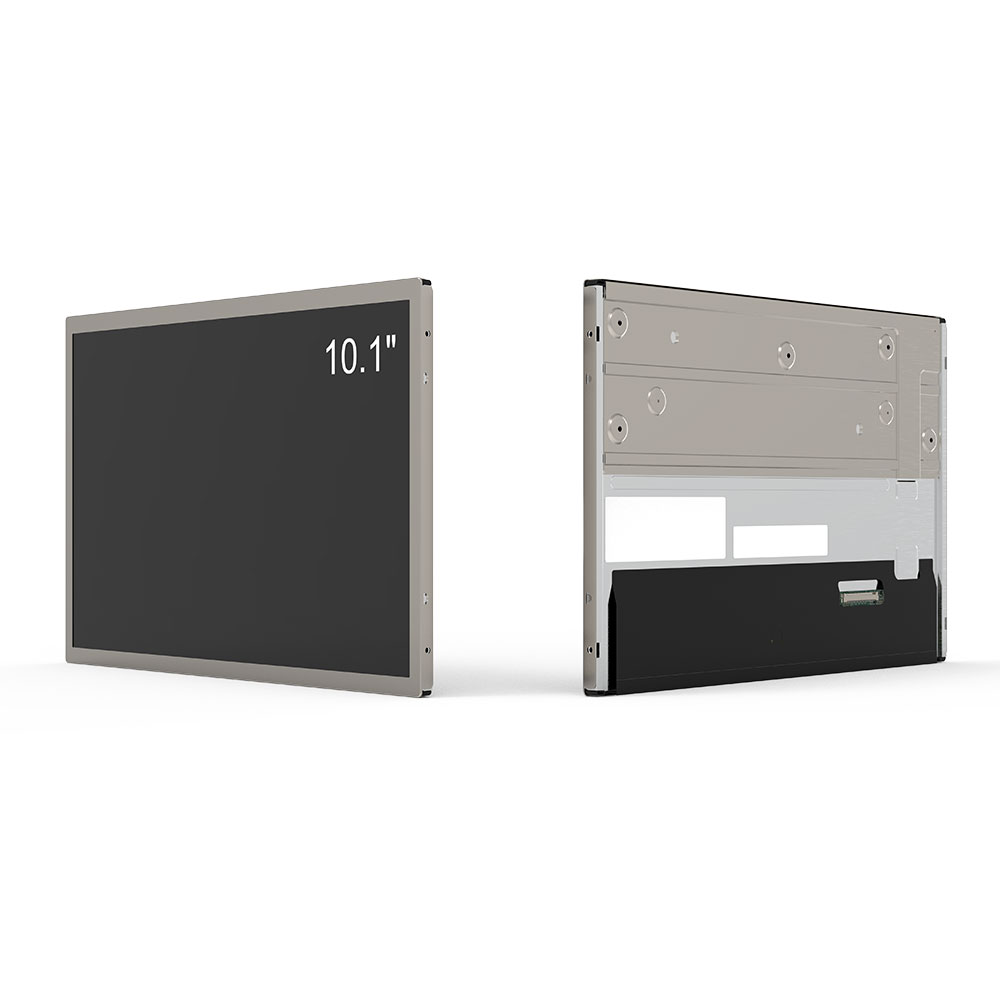
Privacy statement: Your privacy is very important to Us. Our company promises not to disclose your personal information to any external company without your explicit permission.
Outdoor LCD screens are essential in modern digital signage, offering dynamic content delivery in public spaces such as transit stations, retail stores, stadiums, and urban plazas. However, selecting the right outdoor LCD screen requires more than just choosing a bright display—it demands a deep understanding of environmental challenges, technical specifications, and long-term performance.
The introduction to this decision must begin with clarity on purpose: what is the screen meant to achieve? Whether it's advertising, information dissemination, or wayfinding, each use case influences design choices. For instance, a high-traffic bus stop may require a ruggedized, sunlight-readable panel with weatherproofing, while a corporate lobby might prioritize sleek aesthetics alongside durability.
In the main body, three key factors dominate selection: brightness, environmental resilience, and viewing angle. Brightness is measured in nits—indoor displays typically range from 300–500 nits, but outdoor units must exceed 5,000 nits to remain visible under direct sunlight. Industry standards like EN 62305 for lightning protection and IP65/IP68 ratings for dust and water resistance are non-negotiable for true outdoor deployment. Moreover, wide viewing angles (178° horizontal and vertical) ensure content remains legible from multiple positions—a critical factor in pedestrian-heavy environments.

Additionally, manufacturers often employ anti-glare coatings, LED backlighting, and intelligent brightness control (IBC) systems to optimize energy efficiency without sacrificing visibility. Real-world examples, such as the successful installation of 8,000-nit LED-backlit panels at Tokyo Station’s digital kiosks, demonstrate how combining high brightness with thermal management enhances both user experience and system longevity.
Finally, the conclusion emphasizes that a well-chosen outdoor LCD screen isn’t merely about upfront specs—it’s about total cost of ownership. Regular maintenance, remote monitoring capabilities, and modular design for easy repairs reduce downtime and increase ROI. With proper planning guided by industry best practices (e.g., those outlined in SMPTE ST 428-1 for digital signage), organizations can deploy durable, high-performance displays that deliver value for 10+ years.

This structured approach—from application definition to lifecycle management—ensures that your outdoor LCD investment is both effective and future-proof.

Email to this supplier

Privacy statement: Your privacy is very important to Us. Our company promises not to disclose your personal information to any external company without your explicit permission.